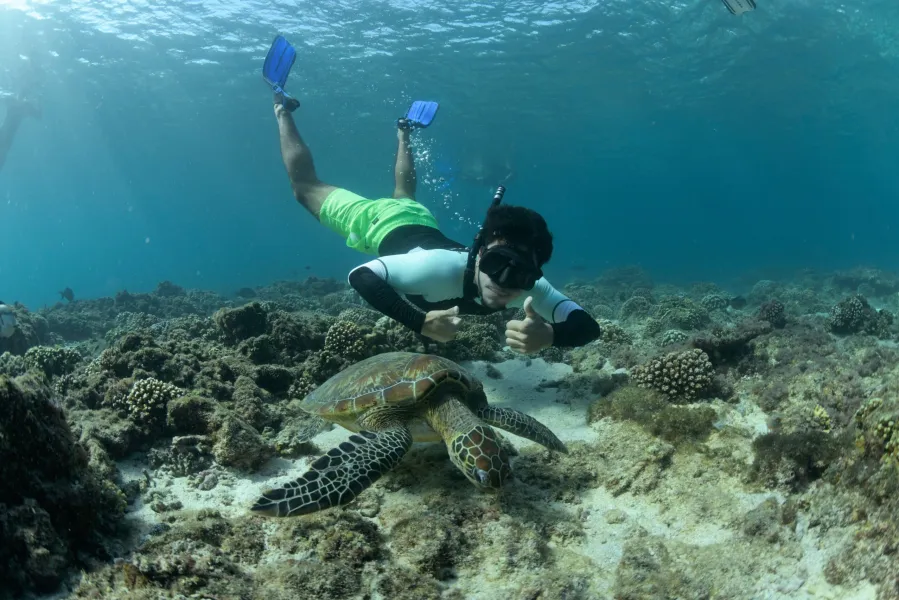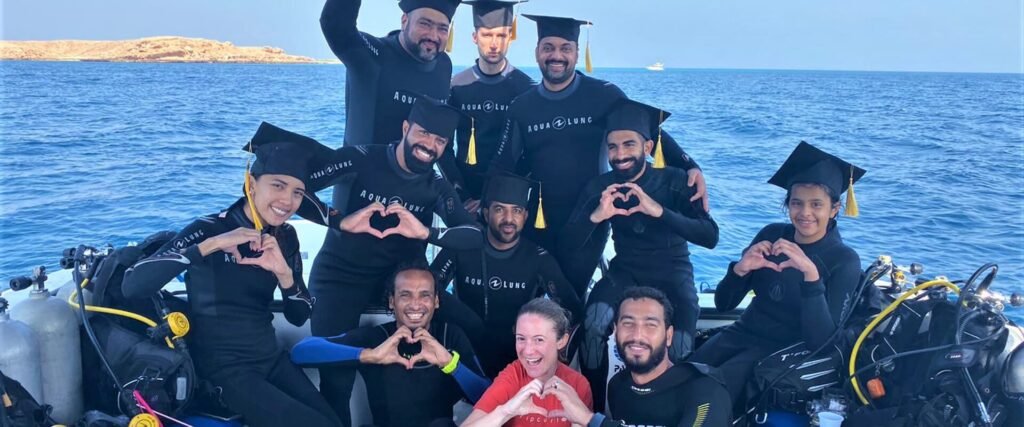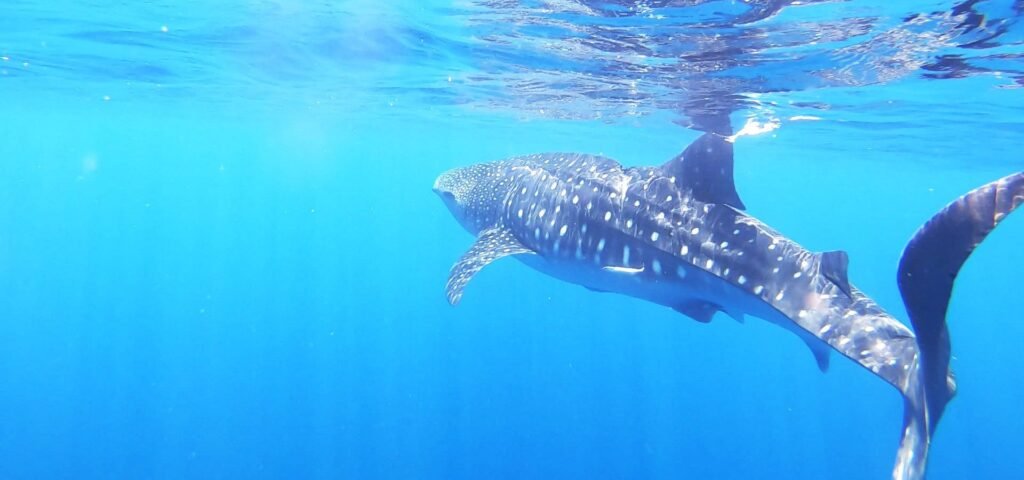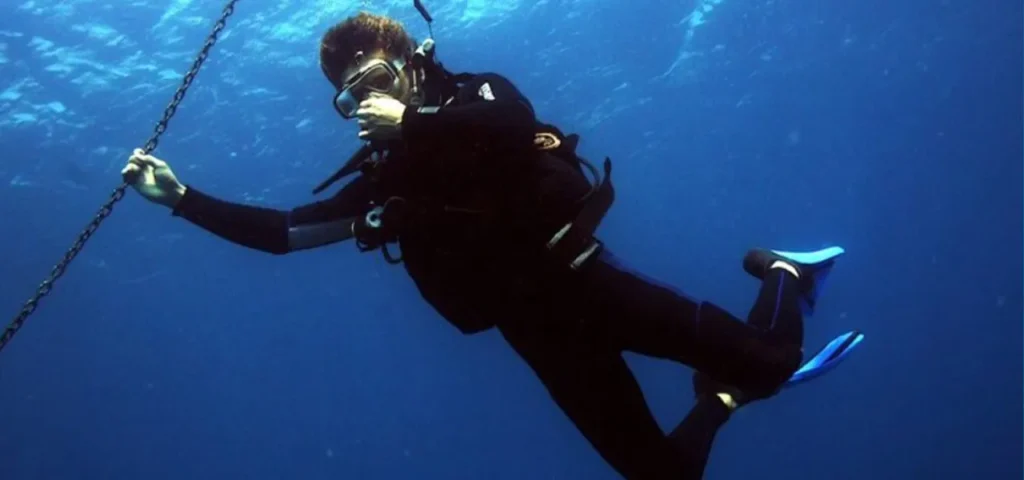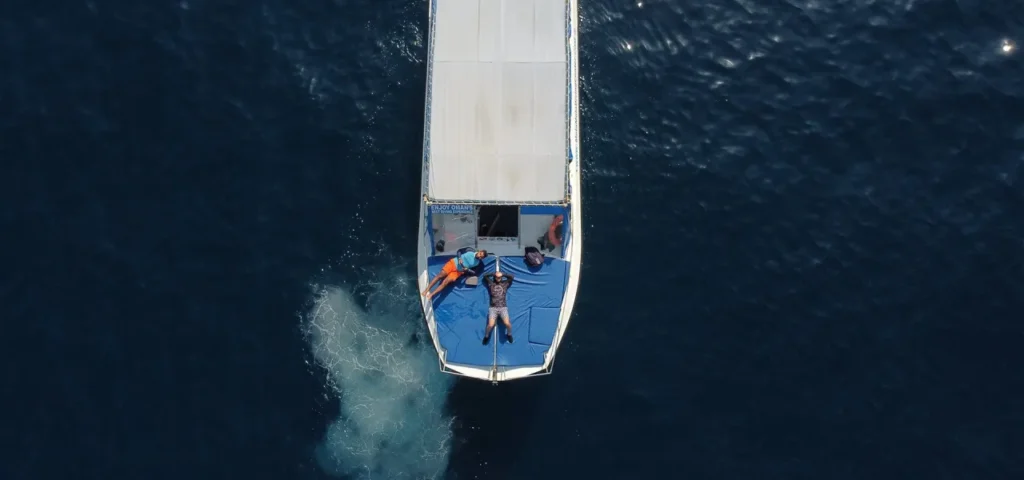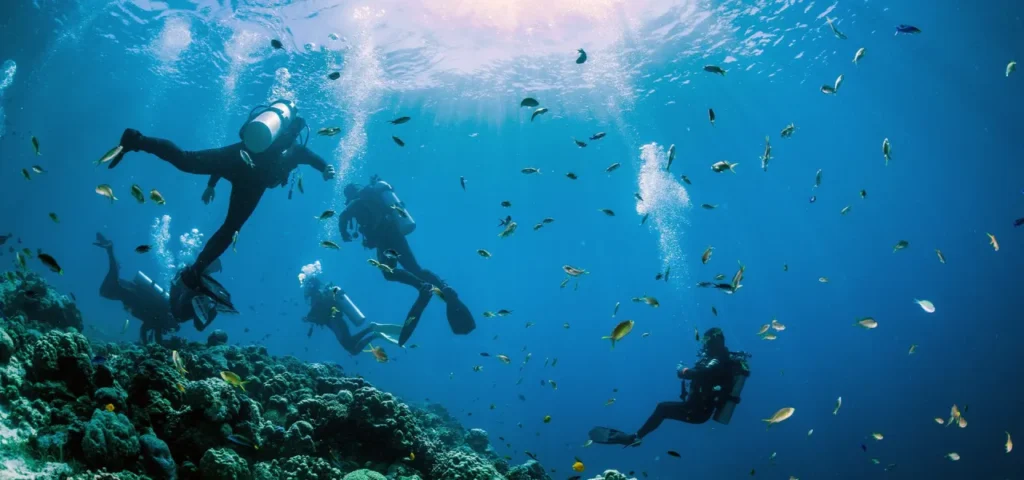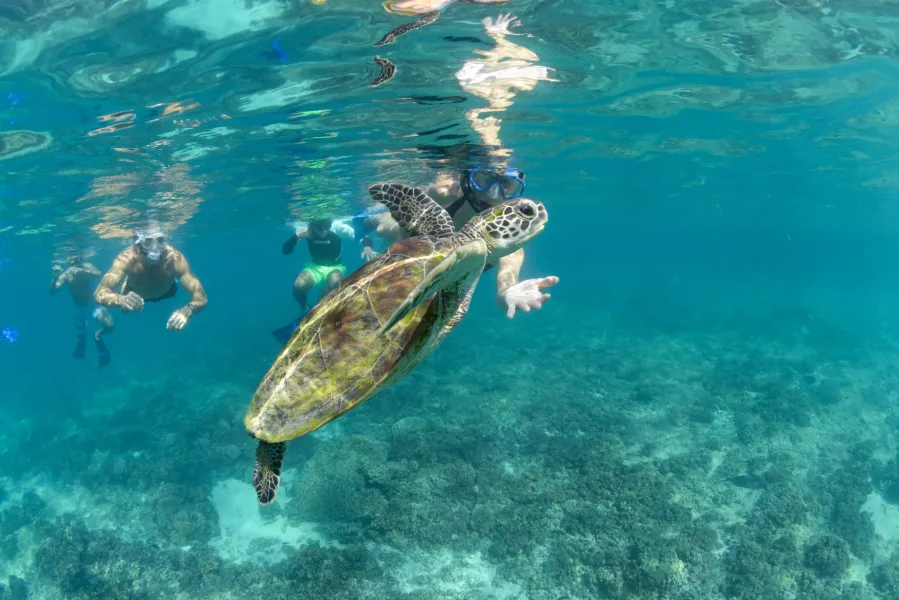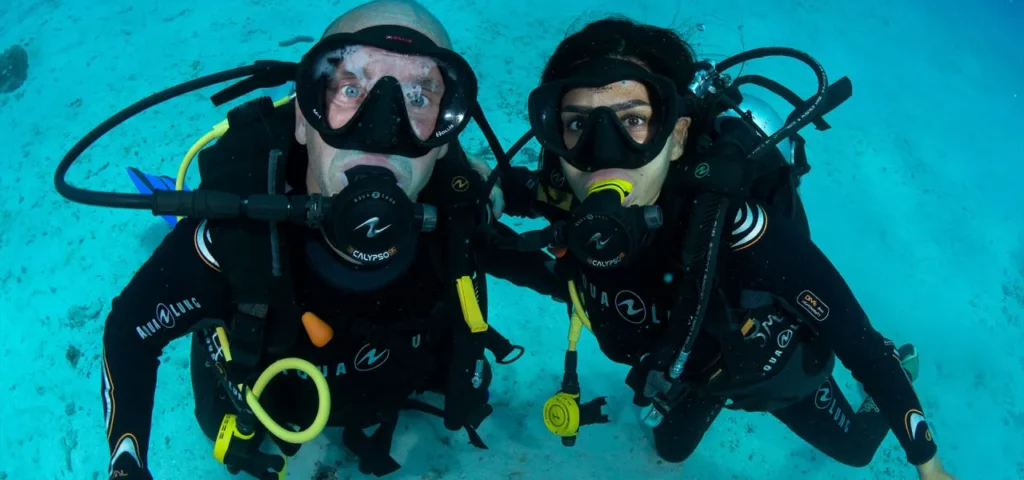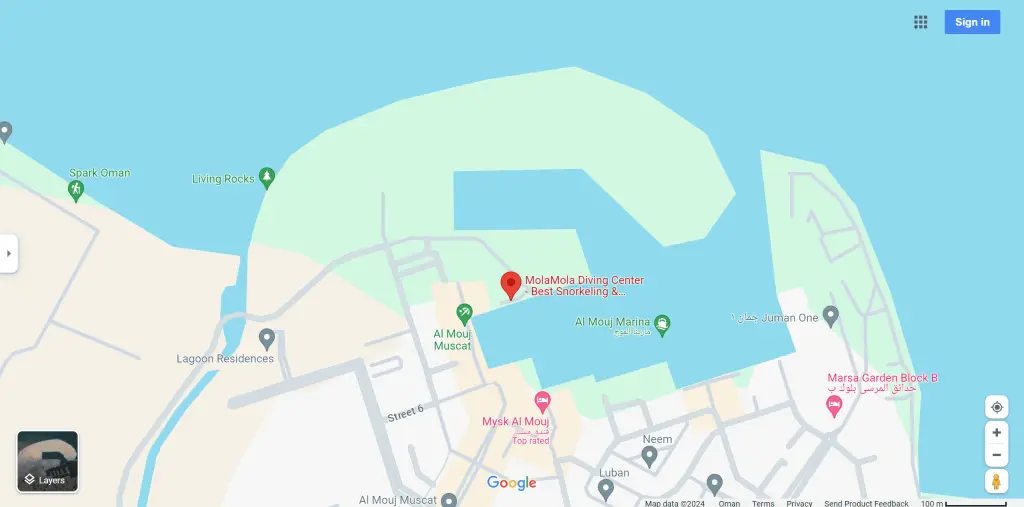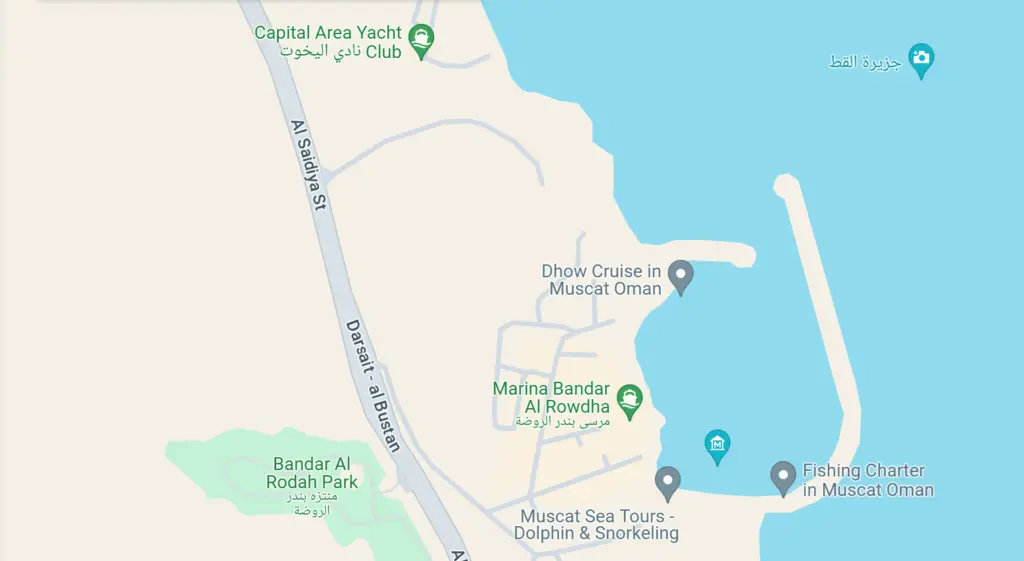Snorkeling 101: The Science and Technique behind it
Snorkeling 101: The Science and Technique behind it If you want to explore the mysterious underwater world, then snorkeling is one of the best ways to do so. It is a rewarding as well as an unforgettable experience. It would surely be great if you know the fascinating science, techniques, skills, and other basic essentials for successful snorkeling adventures while you surround yourself with the captivating beauty of marine life. In order to help you understand and refine the art of underwater exploration, we will explain here the principles of snorkeling including physics, physiology, and engineering. This will surely maximise your underwater excursions. Let’s embark on a journey where you will discover the engaging science behind snorkeling! Mastering the physiology of breathing Breathing is a key function, especially when it comes to underwater activities like snorkeling. If you want the best marine experience, then it is important to understand the physiological aspects of breathing and apply techniques. Relaxation & breathing rhythm: It is very important to prevent anxiety and fatigue while snorkeling. This can be done by maintaining a calm and relaxed mind. Establish a steady breathing rhythm and be aware of your breaths. This will ensure ample airflow and oxygen supply. Nasal versus oral breathing: The mask covers the nose, and thus, you have to breathe from your mouth while snorkeling. The transition from nasal breathing to oral breathing may take some time, but practice can help in quick adjustment. Diaphragmatic breathing: An efficient and energy-conserving way to breathe is by engaging the diaphragm while snorkeling. For this technique, you need to inhale deeply through the snorkel and then completely exhale slowly, filling fresh oxygen in your lungs and expelling carbon dioxide. Achieving optimal buoyancy control For maintaining position in the water column and effective navigation, efficient buoyancy control is extremely important for snorkelers. You should understand the physics behind buoyancy and apply the right technique for that. Buoyancy basics: Buoyancy means the tendency or ability of something to float in water or other fluid. The buoyancy of an object depends on its weight and the volume of water it displaces. If you understand this, then it will help you in controlling your position in the water. Also, you will avoid accidentally damaging the marine environment. The role of gear: Your snorkeling gear like the wetsuit, fins, and life jacket help in achieving maximum buoyancy. By trapping a thin layer of water between the neoprene material and the body, a wetsuit offers buoyancy. Adjustable buoyancy for maximum control is provided by inflatable snorkeling vests. Maintaining neutral buoyancy: When your weight and the buoyancy force are equal in the water column, then there is neutral buoyancy. If you can perfect this, then you will be able to experience smooth movement, reduced energy consumption, as well as an optimal snorkeling experience. If you are seeking a comfortable, safe, and fun underwater excursion, then knowing the science behind snorkeling will surely help you. By incorporating this knowledge, you can polish your snorkeling skills and enjoy a great underwater adventure. Especially at Daymaniyat Island, the fun gets manifold owing to its splendid marine life. There are plenty of turtles and colourful fish! And if spotting whale sharks is on your bucket list, then diving here is your best bet! When you are vacationing in Oman, then one thing you must do is snorkeling. Just stick a rubber tube in your mouth and get splashing to spy on the fish community. Daymaniyat Islands here are popular for the most incredible marine life in the country. The pristine cobalt waters are a treat to your eyes. Be ready to get transported to an exquisite aquatic world that is abundant in splendid corals and a myriad of marine creatures. If you are a water baby, then snorkeling is something that you should definitely try your hand at. Previous PostNext Post

